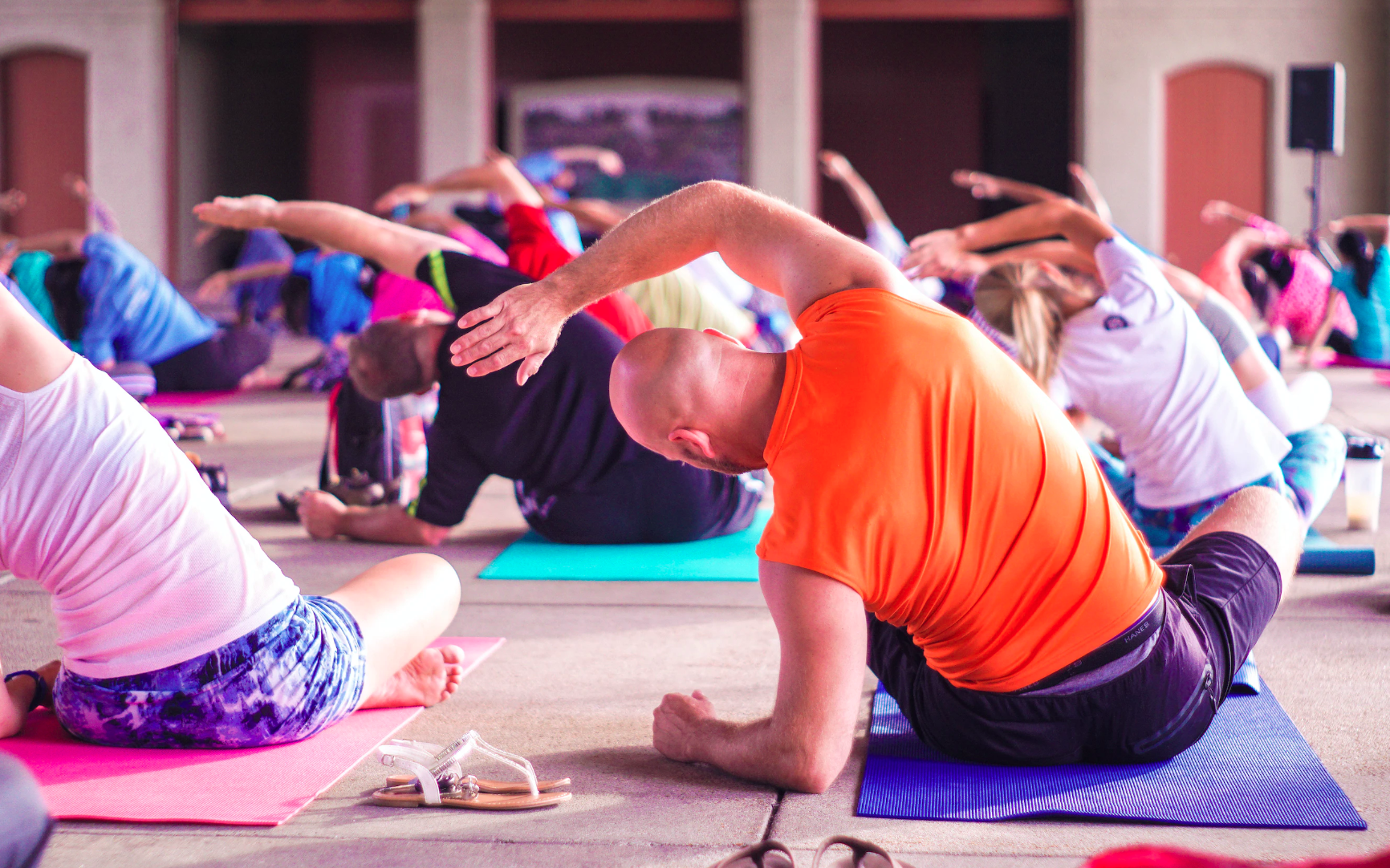Physical Address
304 North Cardinal St.
Dorchester Center, MA 02124
Physical Address
304 North Cardinal St.
Dorchester Center, MA 02124
Muscle endurance may be enhanced and dynamic activities may be supported by the constant strain on the muscles.
The majority of muscle-strengthening workouts include moving the joints while pushing or pulling against resistance using the muscles. Isometric workouts, on the other hand, call for prolonged retention of still poses.
The definition of isometric exercises and several illustrations will be covered in this article
1 – Efficiency
The primary benefit of isometrics’ effectiveness for strength training is the established fact that it works. The majority of experts concur that time under tension (TUT) is essential for results. No other method delivers TUT as effectively as isometric strength training.
Now that we are aware of their effectiveness in increasing strength, let’s explore some of the more profound advantages of isometric training.
2 – Save Time
Isometric exercises can build your muscles in as short as 7 seconds for each muscle group, according to studies. In exchange, you have the energy and leisure to engage in your favorite activities.
3 – Safe
One of the safest methods of strength training isometric exercise. Why? Because you can control the resistance and the outcomes rather than having to lift large objects or move or burst with great energy. Your body’s needs are met right away by you.
4 – Low Impact
The minimal impact isometric training has on your body is a major benefit.
5 – Make Your Connective Tissue Stronger (Tendons and Ligaments)
Your body’s ligaments and tendons serve as the glue that holds everything together. You will be stronger the stronger your connective tissue is. Additionally, your risk of injury decreases as your tendons and ligaments become stronger.

6 – Decreased Injury Risk
Your body is better able to function and react to the unexpected events of life when its muscles and connective tissue are stronger. Unexpected slips, falls, or exertion are the causes of many injuries. You gain from isometrics in that you can react more quickly to potential mishaps or intensive motions, which lowers your chance of damage.
exercising in isometric Trusted Source contract some muscles without moving the nearby joints.
Isometric and isotonic muscular contractions are the two types. When muscles lengthen or shorten in response to resistance while maintaining the same tension, isotonic contractions take place. When tension rises while the muscle’s length stays the same, isometric contractions take place.
Many workouts for increasing strength require eccentric or concentric movements, both of which involve isotonic contractions. Muscles shorten during eccentric motions while lengthening during concentrated ones.
Muscles do not shrink or lengthen during isometric activities. The joints remain static, and neither the shape nor size of the muscles change during isometric activities. The isometric contraction is normally held for a few seconds or minutes.
Isometric workouts might entail holding weights or holding the body in a specific position to build tension. Holding the muscle contraction permits the blood to fill the muscle tissue, putting the muscle under metabolic stress. Strength and endurance may be enhanced as a result.
Isometric workouts generally use less force for large muscle groups than many dynamic motions. Isometric workouts, despite their potential for safety, may nonetheless result in injuries or exacerbate pre-existing ones.
Incorrect form when performing isometric workouts might potentially result in damage. For instance, performing a plank incorrectly might cause the lower back to tense up more, which could result in injury.
A person should cease performing an isometric workout right away if they experience any pain or discomfort.
Isometric exercises come in a wide variety and target various muscle groups.
Isometric exercises frequently used include:
1. Wall seated
The wall sit is a quick workout that builds thigh muscular endurance without taxing the lower back. How to do a wall sit
2. Plank
A 2016 study found that completing plank exercises was a good approach to improve the core muscles. How to do a plank

3. Glute bridge
The gluteal muscles behind the quadriceps are the focus of the glute bridge exercise. Glute bridge technique:
4. Hang dead
The upper body, especially the shoulders, will be worked out by the dead hang. To complete this activity:
5. Isometric lunges
This exercise, which is an adaptation of the standard squat, increases the endurance of the leg muscles. To complete this activity:
Isometric exercises force muscles to contract without moving the nearby joints. These workouts can be used to increase muscle endurance. Planks and glute bridges are two instances of isometric exercises.
They are appropriate for those whose range of motion is restricted, perhaps as a result of an illness or accident.
Isometric exercises can enhance muscle performance when added to an established training program.
For more information you can click: